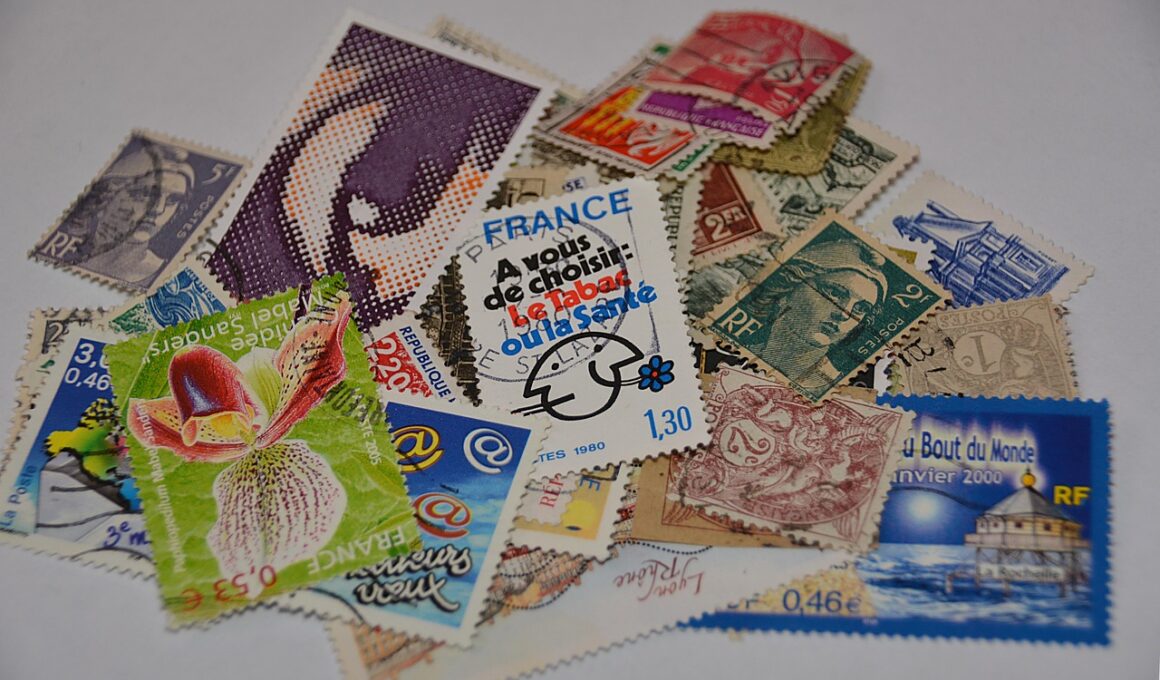The Role of Technology in Insuring Collectibles
In today’s digital age, the integration of technology into the insurance process for collectibles is transforming how enthusiasts and investors protect their prized possessions. From art and antiques to vintage cars and rare coins, ensuring these items often requires a nuanced understanding of their value. Technology facilitates this by introducing automated valuation tools, which utilize algorithms to assess current market trends and provide real-time valuations. For example, many platforms now offer valuation calculators specifically designed for collectibles. With just a few inputs regarding an item’s age, condition, and provenance, collectors can receive estimates that inform their insurance decisions. Additionally, digital record-keeping enhances transparency and accessibility, allowing individuals to store documents securely in the cloud. This reduces the risk of loss during disasters like fires or floods. By maintaining organized records online, owners can quickly verify ownership and value when filing claims or updating insurance policies. Overall, technology empowers collectors while enhancing the reliability and efficiency of the insurance process, opening up new avenues for better coverage.
Technological advancements have also significantly improved how insurance companies assess risk for collectibles. Traditionally, insurers relied on manual assessments, which could be time-consuming and prone to human error. Now, digital tools and data analytics provide a more accurate and comprehensive understanding of each collectible’s risk profile. Data from multiple sources can be analyzed to determine the likelihood of loss, theft, or damage, enabling insurers to offer customized coverage tailored to the specific needs of the collectible owner. These tools help underwriters assess factors such as historical value trends, market demand, and ownership history in a fraction of the time. Furthermore, this data-driven approach can lead to more precise premiums, potentially lowering costs for collectors who invest in high-value insurance products with lower risk profiles. This is especially true for niche items that may have previously been undervalued due to a lack of available data. As collectors continue to embrace technology, the insurance industry will likely adopt similar tools and processes, fostering an environment where more individuals feel comfortable and confident in insuring their valuable assets.
In addition to risk assessment, technology has revolutionized claims processing for collectibles insurance. The conventional claims process often involved extensive documentation and lengthy investigations, leading to frustration among policyholders. Today, digital platforms streamline the claims process by allowing collectors to submit claims online quickly and efficiently. Many insurers now incorporate mobile apps that facilitate the submission of photos and supporting documentation directly from a smartphone or tablet. These applications enable real-time communication with claims adjusters, fostering a more transparent and responsive experience. In situations where prompt resolution is vital, this technological enhancement can mean the difference between quick compensation and extensive delays. Furthermore, insurance companies can leverage technology to analyze patterns from previous claims, helping them refine their policies and improve customer experience continually. The growing trend of using artificial intelligence and machine learning in claims analysis could lead to more personalized experiences, allowing insurers to cater to the needs of each collector based on past interactions. Overall, embracing technology in claims processing ultimately benefits collectors by saving time and enhancing their overall satisfaction with the insurance process.
Utilizing Technology for Better Risk Management
Another essential aspect of insuring collectibles that technology enhances is risk management. Collectors often face unique risks that differ significantly from conventional insured items. For instance, fluctuations in market demand for specific collectibles can lead to sudden changes in value. Technologies such as blockchain and smart contracts are emerging as powerful tools to help mitigate these risks by providing homeowners assurance regarding authenticity and ownership. Blockchain records transactions securely, allowing collectors to prove the provenance of high-value items. This technology helps prevent fraud and ensures that collectors are not left vulnerable to potential losses. Additionally, real-time market analytics monitor fluctuations, alerting collectors when their items’ value changes. This information enables them to update their insurance policies proactively, potentially preventing underinsurance. By using technology for better risk management, collectors are empowered with the tools necessary to make informed decisions about their valued items. Ultimately, technology acts as a safeguard against unforeseen risks while ensuring that collectors are well-equipped to protect their investments.
Moreover, advancements in technology also empower collectors to connect with professionals who can help them navigate the insurance landscape. Online marketplaces and platforms have bridged the gap between collectors and insurance professionals, allowing better access to specialized expertise. User-friendly interfaces facilitate the search for agents knowledgeable about particular collectible items, such as antiques or sports memorabilia. This serves as a valuable resource when seeking accurate appraisals and tailored coverage options. Through forums and community-driven platforms, collectors can share experiences, tips, and referrals, thus creating networks of support in the collectibles realm. Insurance companies are also leveraging social media platforms to engage with customers, share educational content, and answer frequently asked questions. Such interconnectedness fosters a sense of community while empowering individuals in their insurance journey. Furthermore, ongoing technological developments encourage continuous education on best practices for insuring collectibles. As owners become more informed about the intricacies of insurance, they are better equipped to make sound decisions about protecting their cherished items.
Challenges of Technology in Collectibles Insurance
Despite the benefits technology brings to the insurance of collectibles, some challenges still exist. For instance, not every collector is technologically savvy, and this can create barriers to accessing critical tools and resources. Moreover, the rapid pace of technological change means that collectors may find it difficult to keep up with the latest innovations or solutions available to them. Additionally, privacy and security concerns are paramount, especially when using digital platforms to store sensitive data about valuable items. Not every technology is evenly regulated, and data breaches can pose significant risks for individuals sharing personal information. Insurers must prioritize security measures to protect their customers’ data while educating them about best practices regarding digital safety. Furthermore, as more companies adopt advanced technological solutions, competition can become fierce, leading to potential market volatility. Collectors may need to navigate a growing number of options, making it challenging to determine the ideal insurance provider for their needs. Therefore, understanding these challenges is crucial for collectors who wish to leverage technology in insuring their valuables effectively.
Looking forward, the future of technology in insuring collectibles is promising, with exciting innovations on the horizon. Advancements in virtual and augmented reality are set to revolutionize how collectors appreciate their items and engage with insurers. Virtual reality platforms could potentially allow collectors to showcase their items in a digitally simulated environment, sparking interest and appreciation from potential buyers, insurers, and other collectors. Meanwhile, augmented reality could enable collectors to visualize various display and storage options for their collectibles before making decisions. Furthermore, artificial intelligence will undoubtedly play a significant role in enhancing customer experiences, providing personalized recommendations based on collector preferences and behavior. These innovations will increase engagement and foster stronger connections between collectors and the insurance process. As technology continues to evolve and shape the collectibles industry, insurance providers will need to adapt to these changes to remain relevant. Ultimately, as these advancements emerge, collectors will benefit from enhanced coverage options, improved valuation techniques, and a more satisfying insurance experience overall. Embracing the future of technology in collectibles is essential for ensuring their valuable investments are well protected.
Ultimately, technology’s role in insuring collectibles cannot be understated. By integrating digital tools and resources into the insurance process, collectors are empowered to navigate the complexities of protecting their valuables confidently. From automated valuations and risk assessments to streamlined claims processing, technology provides a pathway to more efficient and effective coverage. Moreover, it fosters connectivity, enabling collectors to engage with experts and other enthusiasts within the community. This not only enhances the insurance purchasing experience but elevates the overall understanding of how to protect invaluable items. Furthermore, challenges remain, but the future holds immense potential for innovation and improvement in this realm. By staying informed about emerging technologies and adapting to new practices, collectors ensure they are equipped to make the best decisions for their insurance needs. As the collectibles market evolves, so too must the strategies employed to safeguard these prized possessions. Thus, both collectors and insurers must remain proactive in leveraging technology to create a more secure and sustainable future for collectibles insurance. Together, embracing the possibilities of technology will continue to inform and enrich the way we insure valuables and collectibles across various categories.


